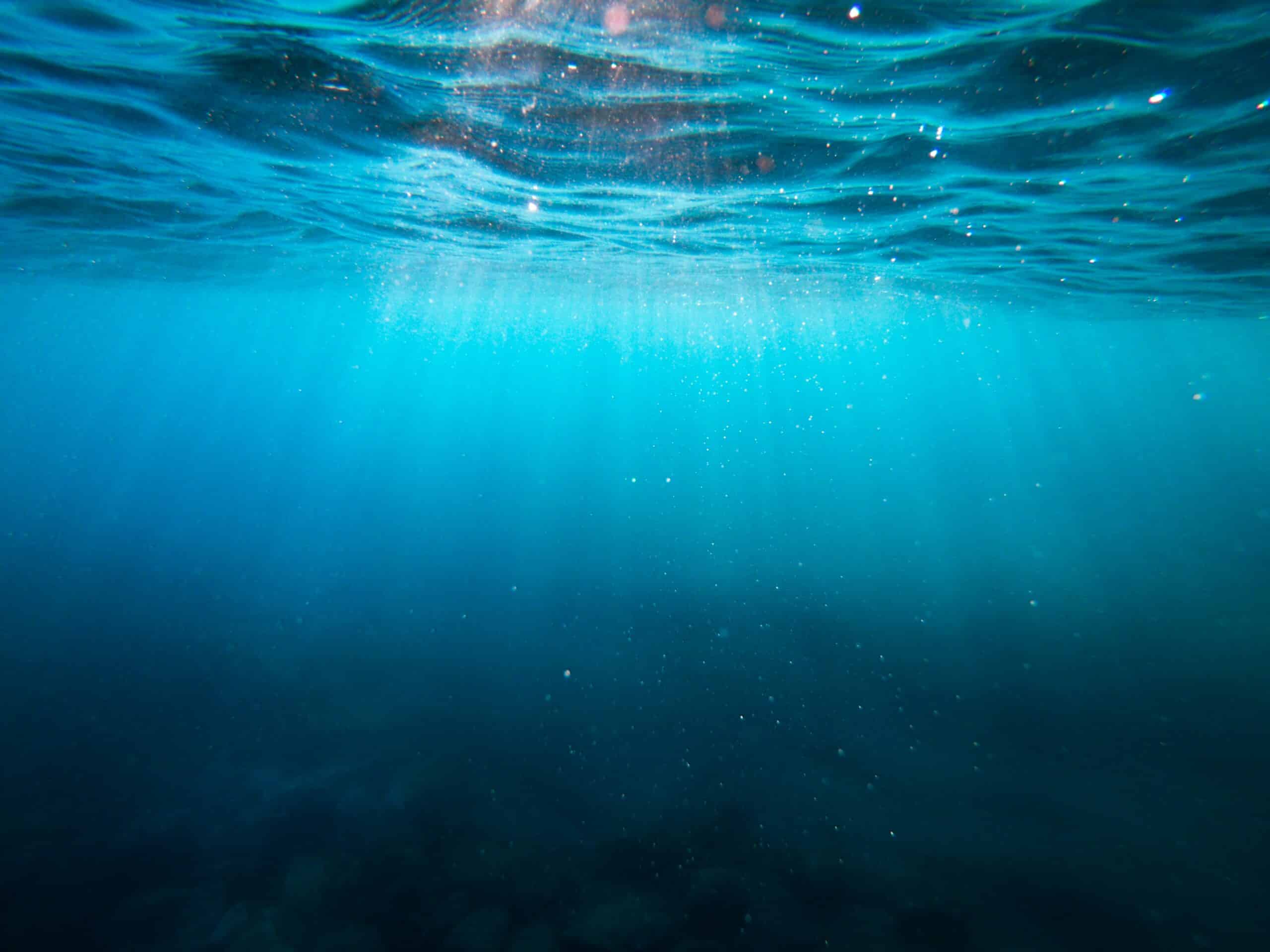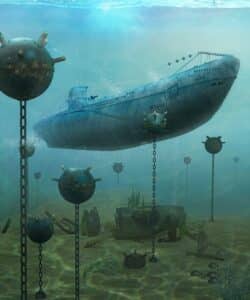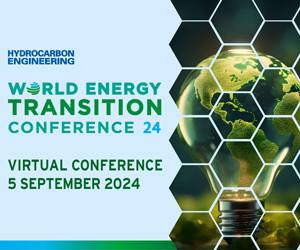Aquatic ecosystems, with their richness and diversity, are much more than mere bodies of water. They form a complex and vital framework of our planet, influencing not only our global environment but also our daily lives. Through essential functions such as climate regulation, oxygen production, and food supply, these aquatic environments play an indispensable role. Yet, in the face of challenges such as pollution and climate change, understanding and preserving these environments becomes crucial. Whether we are inspired by the calm of a lake, fascinated by the complexity of a coral reef, or influenced by water in our daily consumption, the impact of aquatic ecosystems extends far beyond their physical presence on our globe.
Table of Contents
ToggleVaried ecosystems for a balanced planet
Aquatic ecosystems come in a variety of forms and functions, each playing a crucial role in the ecological balance of our planet. Their diversity is as vast as the bodies of water that house them, from the torrents of freshwater rivers to the abyssal depths of the oceans. These ecosystems provide essential habitats for a multitude of species, and their preservation is at the heart of the environmental challenges of our time.
Freshwater ecosystems
Freshwater ecosystems, such as lakes, rivers, and wetlands, are sanctuaries of biodiversity. These environments house a variety of organisms ranging from small invertebrates to large mammals. Their role is not limited to providing habitats; they are also essential for the water cycle, contributing to natural filtration and the supply of drinking water. Introduction to aquatic ecosystems.
- Lakes: Large bodies of freshwater, varying in size and depth.
- Rivers: Play a key role in nutrient transport.
- Wetlands: Essential for water filtration and flood control.
Marine ecosystems
Marine ecosystems, covering much of the Earth’s surface, are even more diverse. Oceans, coral reefs, and estuaries constitute dynamic environments essential for biodiversity and global climate regulation. Phytoplankton, for example, is crucial for marine photosynthesis, contributing to the production of the majority of the oxygen in the atmosphere.

Importance of brackish ecosystems
At the intersection of freshwater and saltwater are brackish ecosystems like mangroves and salt marshes. These transitional areas are vital for coastal protection and play a crucial role in reducing storm impacts. Their nutrient richness also provides ideal conditions for a prodigious biological diversity.
The vital ecological functions of aquatic environments
Beyond their biological diversity, aquatic ecosystems fulfill ecological functions that are essential to the health of our planet and our well-being. They influence aspects as varied as global climate, water quality, and even our food security.
The nutrient cycle and water filtration
Aquatic ecosystems contribute to the nutrient cycle by recycling essential elements like carbon, nitrogen, and phosphorus. This process often occurs through interactions between different trophic levels. For example, the decomposition of organic material helps nourish aquatic plants, which in turn support life. Hydrobiology explores these crucial interactions.
| Function | Contribution to ecosystems |
|---|---|
| Nutrient Cycle | Recycling of nutrient elements |
| Water Filtration | Removal of sediments and pollutants |
| Oxygen Production | Photosynthesis of phytoplankton |
Climate regulation and oxygen production
The oceans, due to their immense surface and depth, play a crucial role in regulating the global climate. They absorb atmospheric CO2, thereby helping to moderate global warming. Furthermore, aquatic ecosystems are responsible for nearly half of the global oxygen production, with phytoplankton as the main actor. Understanding hydrology is essential to appreciate these global impacts.
Direct impact on our daily lives and conservation initiatives
Aquatic ecosystems are not just distant landscapes; they have a direct impact on our daily lives. From the water we drink to the food we consume, their preservation is crucial for our fundamental needs.
Impact on food and resources
Aquatic ecosystems provide countless food resources, particularly in the form of fish and seafood. By 2025, as global demand for sustainable protein increases, aquatic resources represent an essential pillar for food security. Companies such as Rivière & Co and Aquafina are involved in the sustainable management of these resources.
Conservation initiatives
Efforts to protect and restore aquatic ecosystems are multiplying. Initiatives such as those from Hydro-Québec and Veolia aim to reduce human footprint through intensive conservation programs and the development of innovative technologies, such as Ecochariots and mangrove restoration projects, as well as Biotope‘s efforts for the protection of endemic species.
- Veolia and its initiatives for water treatment
- Water of Paris committed to the responsible management of drinking water
- Unlocking the potential of Oasis through innovative solutions
Threats to aquatic ecosystems
Despite their importance, aquatic ecosystems face numerous threats, including pollution, climate change, and overexploitation of resources. Understanding these challenges is essential to adapt our conservation strategies and ensure their future protection.
Pollution and climate change
Pollution, whether industrial or domestic, remains a major challenge for aquatic environments. Chemical spills, as well as the presence of plastic in the oceans, compromise the health of these ecosystems. Furthermore, climate change intensifies some of these issues by altering water temperatures and disrupting nutrient cycles. Innovative solutions, such as those developed by SUEZ, are crucial to mitigate these impacts.
| Threat | Impact on Ecosystems |
|---|---|
| Plastic pollution | Accumulation in oceans, impacting wildlife |
| Climate change | Modification of habitats and reproductive cycles |
| Overfishing | Reduction of marine biodiversity |
Efforts for impact mitigation
Many organizations, such as L’Oréal (Water initiative) and Oasis, are implementing projects to reduce human impact on these environments. Reducing the use of single-use plastics and promoting sustainable fishing are some examples of these efforts. Through a combination of rigorous policies and awareness, these initiatives aim to protect vital resources for future generations and revolutionize our perception of the marine ecosystem.







